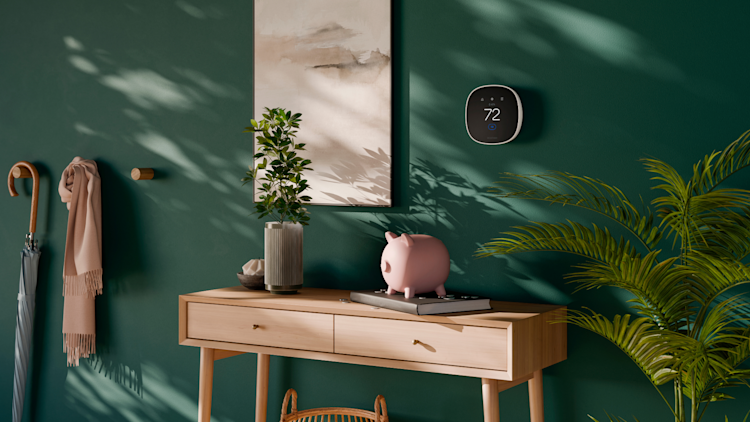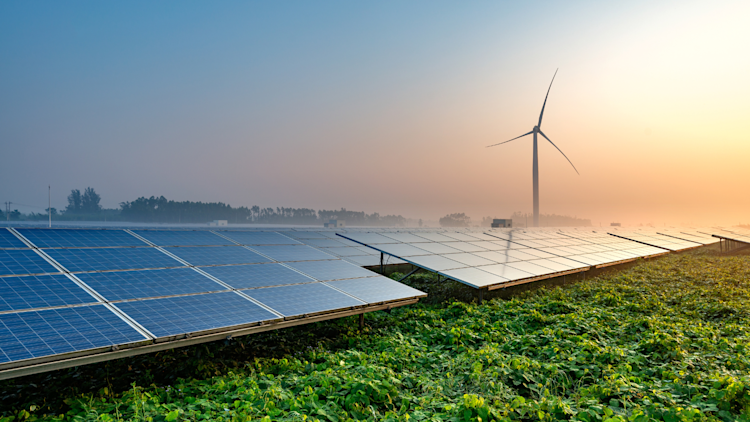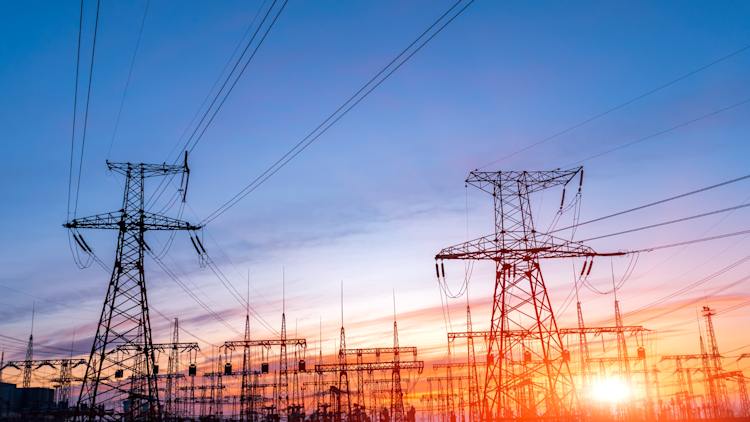How to Transition Your Home to Cleaner Energy
Many of us are looking to do our part to conserve energy and mitigate the impacts of climate change, and our homes may be the best place to start.
by ecobee on 09/14/2021 in Better Planet
6 min read
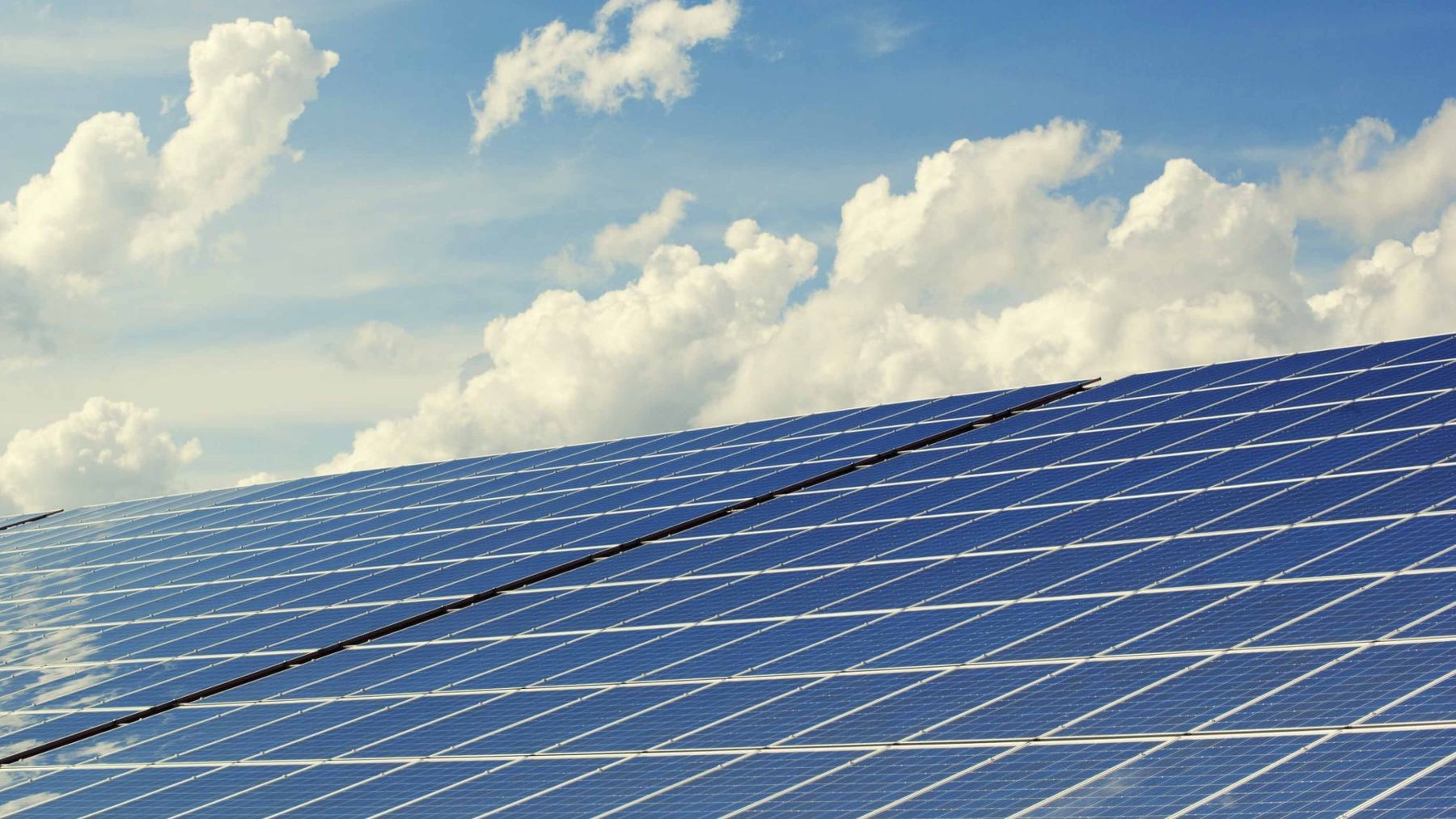
Updated April 2025
A report from the United Nations’ Intergovernmental Panel on Climate Change (IPCC) found that human activities have caused the planet's temperature to rise by 1.1°C since the late 19th century.1 With this in mind, many of us are looking for ways to contribute to a solution and ensure a livable planet for future generations.
Our homes might be one of the best places to start. In Canada, the oil and gas sector is the largest source of greenhouse gas (GHG) emissions, accounting for 31% of total emissions in 2023.2
Transportation is the second-largest contributor, responsible for 22% of emissions in 20213 In the U.S., electricity production accounts for approximately 25% of the country’s total greenhouse gas emissions, second only to the transportation sector.4
Here are a few ideas to help transition your home to cleaner energy:
1) Assess your home.
First, you’ll want to determine how your home is currently spending the most energy and identify where your home’s energy currently comes from. Unfortunately, much of our electricity in North America still comes from conventional sources, like gas, coal, and nuclear, but some of your energy may come from renewable sources, like wind, solar, and water, depending on where you live.
According to a report from the U.S. Department of Energy, heating and cooling, ventilation, major appliances, lighting, and electronics are the major areas of energy consumption in buildings. And on average, over half of the energy used in a home goes to powering the heating and cooling system.5
But if you want more personalized details on your home, you can schedule a professional energy audit or run a few details through an online energy use calculator.
If you already have an ecobee smart thermostat,ecobee's Home Energy Reports can give you an in-depth look at how much money your ecobee thermostat helps you save on your energy bills and how to save even more.
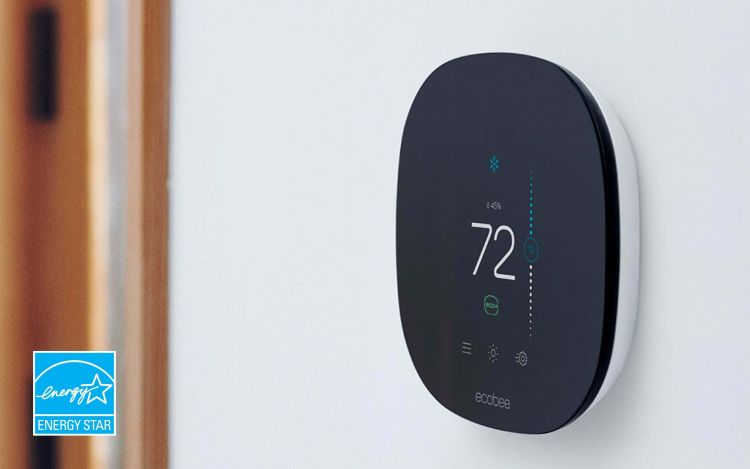
2) Take an easy first step.
Not everyone can afford to invest thousands or tens of thousands in retrofitting their home with clean energy upgrades, which makes investing in a new smart thermostat or smart lighting an economical first step. Upgrading to an ecobee smart thermostat is one of the easiest ways to reduce your home’s energy use. In fact, ecobee smart thermostats help customers save up to 26%6 annually on heating and cooling costs and, cumulatively, have helped customers save over 17.6 TWh of energy savings since 2009.7
If your utility rate varies based on time of day, enabling the eco+ Time of Use feature can help you shift your energy consumption to times of day when energy is cleaner and less expensive.
Upgrading to energy-efficient LED light bulbs, or smart light bulbs, which work similarly to a smart thermostat that you control with your phone, is another easy first step that can help save energy long-term.
3) Look into a grant.
If you are interested in going a step further with your green home upgrades, like investing in better insulation, installing solar panels, or performing air sealing, grants are available in the U.S. and Canada. With the Canada Greener Homes Grant, up to 700,000 grants are available now to help homeowners make energy-efficient retrofits to their homes. In addition to a grant worth up to $5,000, the program also includes EnerGuide evaluations worth up to $600 and expert advice to homeowners so they can begin to plan their retrofits. An ecobee smart thermostat is eligible for this grant, along with other rebates available from utilities.
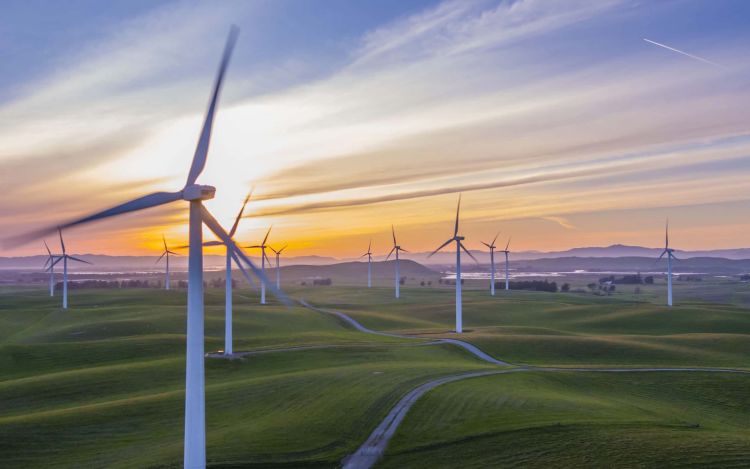
4) Advocate for clean energy.
If you’re a renter, you might be more limited in structural changes you can make to your home, but renters can also help advocate for, and invest in, clean energy.
Some utility companies offer green pricing, which allows customers to pay a small premium in exchange for electricity generated from clean energy sources, or green certificates, which help generate clean energy and fund renewable energy projects.
In Canada, you can sign up for a green energy provider like Bullfrog Power, while maintaining your existing utility provider. By signing up with Bullfrog, you pay an additional monthly fee that helps offset the energy you may currently be purchasing from non-renewable sources with energy from renewable sources. Bullfrog says that by signing up, you’ll also “help bring new renewable energy projects to the grid…[and] help fund community-based green energy projects like solar panels for schools, nonprofits, and Indigenous communities.”
Many utilities have pledged to become carbon neutral by 2050, and are bringing more clean energy solutions to market. There are ways you can help keep them accountable to those goals. In the U.S., you can search your utility provider on the Sierra Club’s Utility Report Card to see how it’s doing against this goal and contact them to let them know how important clean energy and climate change are to you.
5) Keep energy efficiency in mind.
Maybe you’re not in the market to upgrade your furnace or water heater now, but when you are, keep energy efficiency in mind and look for the ENERGY STAR logo. Or use their website to help you find energy efficient models. ecobee is proud to be an ENERGY STAR partner and have received the 2024 Energy STAR Partner of the Year Award to recognize ecobee’s continued leadership around planet positive smart home innovations.
For more tips on making your home more energy efficient with ENERGY STAR, check out our interview with a product manager and environmental engineer for the Environmental Protection Agency (EPA).
Whether you have a big or small budget, or rent or own, there are steps we can all take to transition to cleaner energy in the hopes of a greener future.
Intergovernmental Panel on Climate Change, "Climate Change 2021: The Physical Science Basis," ipcc.ch. Environment and Climate Change Canada, "Greenhouse gas emissions," canada.ca/en/environment-climate-change/services/environmental-indicators/greenhouse-gas-emissions.html. Environment and Climate Change Canada, "Greenhouse gas emissions," canada.ca/en/environment-climate-change/services/environmental-indicators/greenhouse-gas-emissions.html. U.S. Environmental Protection Agency, "Sources of Greenhouse Gas Emissions," epa.gov/greenvehicles/greenhouse-gas-emissions-transportation.
1 Intergovernmental Panel on Climate Change,
2 Environment and Climate Change Canada, "Greenhouse gas emissions,"
3 Environment and Climate Change Canada, "Greenhouse gas emissions,"
4 U.S. Environmental Protection Agency, "Sources of Greenhouse Gas Emissions,"
5 Compared to a hold of 72°F/22°C.
6 Based on internal measurements of thermostat runtime data.
Did you enjoy this article?
Thanks for letting us know!

